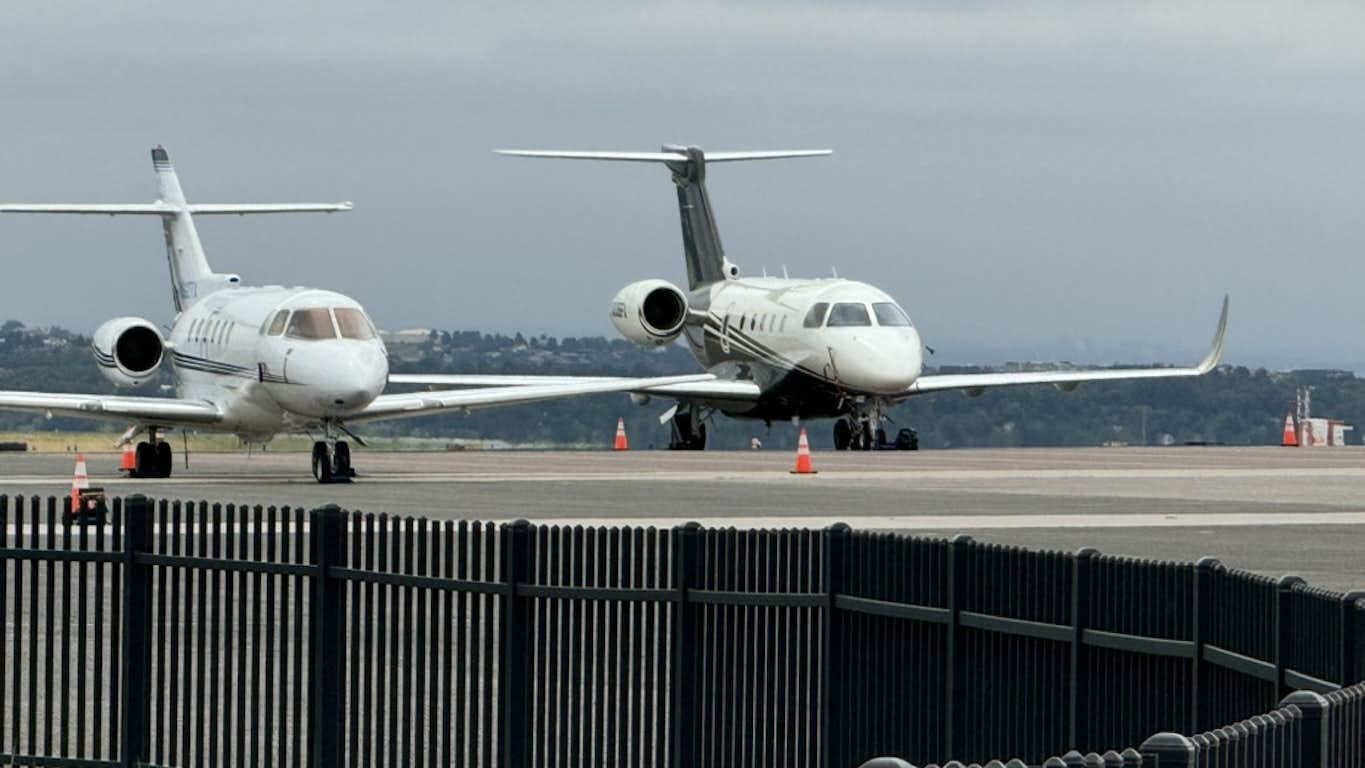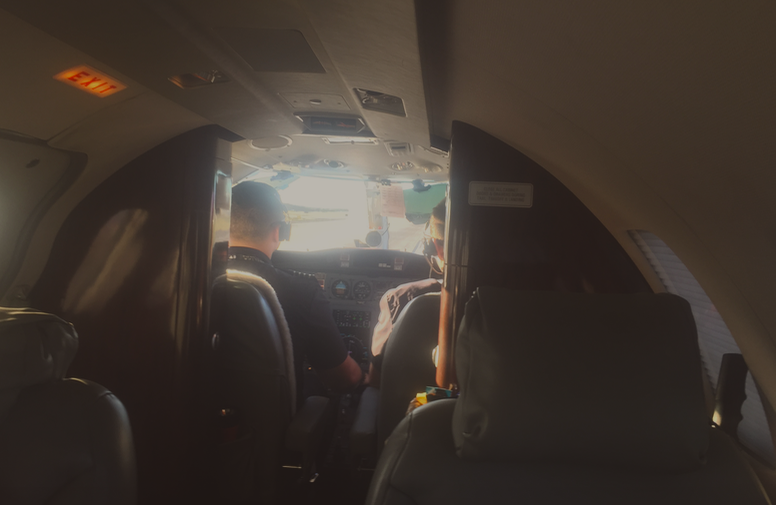
Here are the key questions you should ask about your pilots before your next private jet charter flight.

As reports started to surface that the pilot who flew the doomed flight of soccer star Emiliano Sala might not have been qualified, it made me wonder, how can this happen? Here’s a professional athlete making millions of dollars on a private charter being flown at night, in poor conditions, by somebody who may not have had the experience needed for that trip, on an aircraft that was probably not ideal for that time and place.
One head of safety for a broker that sells jet cards and on-demand charter told me, “On the Sala flight, if (David) Ibbotson only held a private pilot’s license, we do not know if he had the instrument qualifications to fly at night or in bad weather, and whether he was properly insured. (There are) many unanswered questions, but he should not have been flying for revenue. He doesn’t come near the level of professional qualifications that (we) require even a Second in Command (SIC).”
While the type of aircraft Sala was flying is often flown with one pilot, another broker, also a pilot, said, “I always recommend having two pilots. It is a relatively inexpensive cost to add a safety pilot on a charter flight for a single-pilot certified airplane. I spent some time flying as a safety pilot with owner-pilots myself. I can think of lots of reasons to have a safety pilot. I can’t think of many reasons to not have one.”
In a charter crash last year in Australia killing four American tourists, which was found to be due to pilot error, a BBC article noted, “The (Australian oversight board) said the flight operator did not have an appropriate check system in place at the time of the accident. The report also noted that the Beechcraft B200 King Air’s onboard weight had exceeded its maximum.”
The best way to make sure your pilots are qualified is to work with a professional broker and highly rated operators. Between their oversight, you should be assured that you have a well-qualified flight crew. That said, unlike real estate agents, charter brokers don’t have to be registered or certified. Operators, on the other hand, often hang their hats on third-party ratings from IS-BAO, Wyvern, and ARGUS International. However, while there are floating fleets, the vast major of operators are locally focused. In other words, a good broker will source aircraft from different operators based on what type of aircraft you need, where you are going and other factors.
Let me say I think part of the problem – don’t shoot the messenger – could be you or whomever you delegate to arrange your flights. What do I mean? When you are looking for a French Restaurant, you or your PA probably don’t call four different restaurants and ask them to quote you their best price on Duck a l’Orange.
In other words, if people selected where they were going to eat dinner the same way they buy private jet charter, they might end up being served rancid chicken covered with Fruit Loops. Yet when three brokers each send back four quotes, each with similar light jets, each about the same age, well, maybe not you, but a lot of people go for the cheapest or start negotiating. And yes, brokers all mark things up differently, but while aircraft age may be similar, operators and different pilots are not, and many brokers are not knowledgeable enough to explain the differences.
To develop a list of questions and answers, I’ve spoken to over a dozen brokers, operators and pilots, from front-line salespeople to flight safety directors and CEOs.
Keep in mind, the operators probably won’t be able to provide the actual names of your pilots until 24 to 48 hours before your trip, however, you can start with a broad level of due diligence when gathering quotes asking about overall pilot standards your broker will accept.
There’s no set answer. One head of safety for a major broker of charter and jet cards told me, “I’ve never seen a crew-pairing cross my desk for review that had a Captain with as little as 1,500 hours (the minimum per the FAA). And I’m rather confident you won’t see many mainstream Part 135 jet operators feeling very confident assigning a 1,500-hour pilot with his newly-acquired ATP, either. But the fact that industry best practice and past research dictate the assignment of Captains with a minimum of 3,000 hours (double the FAA minimums) should be reason enough for any consumer to further query the Operator if they’ve assigned a pilot to act as Captain for their flight who has noticeably fewer flight hours.”
ARGUS’s TripCHEQ, which uses a green, yellow, and red light system, requires 3,000 hours of total flight time, including 1,500 hours of PIC time. For an FO or SIC, it requires 1,000 hours of total flight time and 500 hours of total PIC time.
Ask about recent activity. A pilot with many hours may have been out of action for months or years for various reasons. Don’t accept that pilot for your flight, say the experts.
The Argus Trip Check report requires 250 hours as PIC in the type for a green light. If PIC alone does not have 250 hours of PIC time in type, then there must be 250 hours of PIC time in type on the flight deck, with PIC having a minimum of 100 hours. If PIC has less than 250 PIC in type, FO must have at least an ATP rating.
Another safety director thinks the 250 is just a starting point. Research, he says, shows “a bell curve where you get a vast increase in incidents on flights where the PIC has less than 250 hours time in type.
A pilot might have lots of hours in that type, but how recent are they? The experts say you want your pilots to have significant recent experience in the aircraft type you are flying.
Best practice for operators is that their pilots will have had full-motion simulator training at least once per year. It enables them to practice numerous situations they can’t in a live flight.
Unanimously the brokers I spoke with only want operators who have salaried pilots. No contract pilots for the flights they sell.
Argus requires no significant accidents, incidents or enforcement actions in the last three years. Others want to look at the entire record and, if there are incidents, are these disqualifying events. For example, an incident could include a service vehicle running into an airplane while it’s taxiing through no fault of the pilot. On the other hand, an enforcement action could result from a controller reporting a pilot who took off without clearance, something that would lead to a request for another pilot.
In many cases you may have two pilots who are rated to be PICs. It’s common to pair a pilot with high hours in that aircraft type with another pilot who is building his or her hours. If there is a significant difference, you should want the PIC to be the pilot with the most hours in your aircraft type. The operator should use empty leg repositioning flights for building PIC time in type hours.
One broker says he does background checks on the pilots. He says, “I don’t want pilots who are in the middle of a divorce or facing a lawsuit for a side business that went bad.” While pilots have to report arrests such as DUI during required twice-annual physicals, he believes in running a background check before the flight. He says, it’s been several years since he has requested a pilot change based on a background check, something he attributes to only working with quality operators, he still considers it a good practice.
One executive says he prefers pilots who had their training through the military, went through a university based flight school program or flew with a major airline over those who built their hours casually at local flight schools.
This is a critical question for airports with high surrounding topography, short runways, and other anomalies. The experts I spoke with want extensive and recent experience. It’s legal to fly into Aspen at night, as an example, however, many operators won’t do it. They will decline to book a flight from a customer who wants to.
Many brokers subscribe to Argus TripCheck or WyvernPASS reports that cover much of the above information. Some have their own proprietary versions. Everyone I spoke with said you should feel free to request those reports and review them with your broker. Feel free to ask questions to your broker or operator about your pilots. Not wanting to furnish a professional overview of your pilots and their experience before your flight is a red flag, the experts say. The same goes if your broker has a “trust me” or “don’t worry, I have it covered” approach.
Compare over 250 jet card programs from more than 50 providers, including safety requirements for operators and minimum experience for pilots by subscribing to our 2019 Buyer’s Guide.


